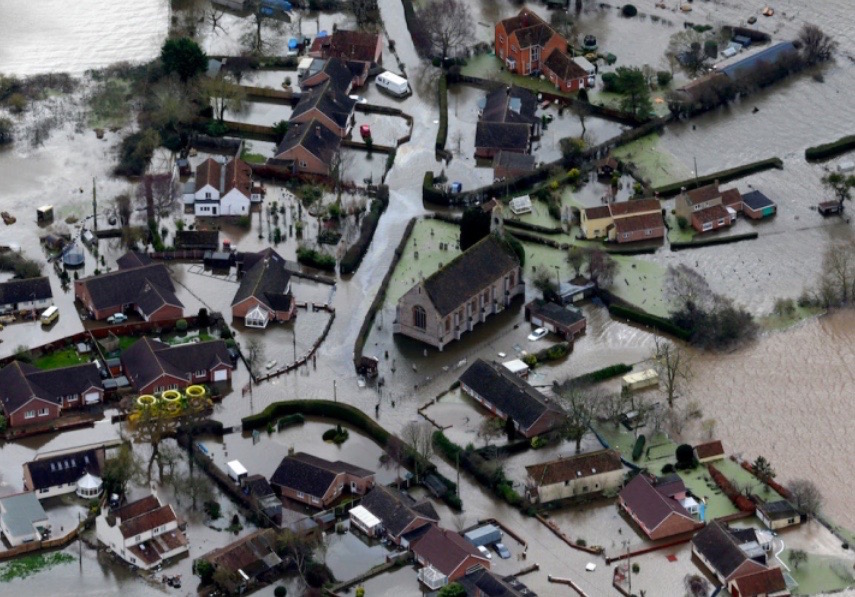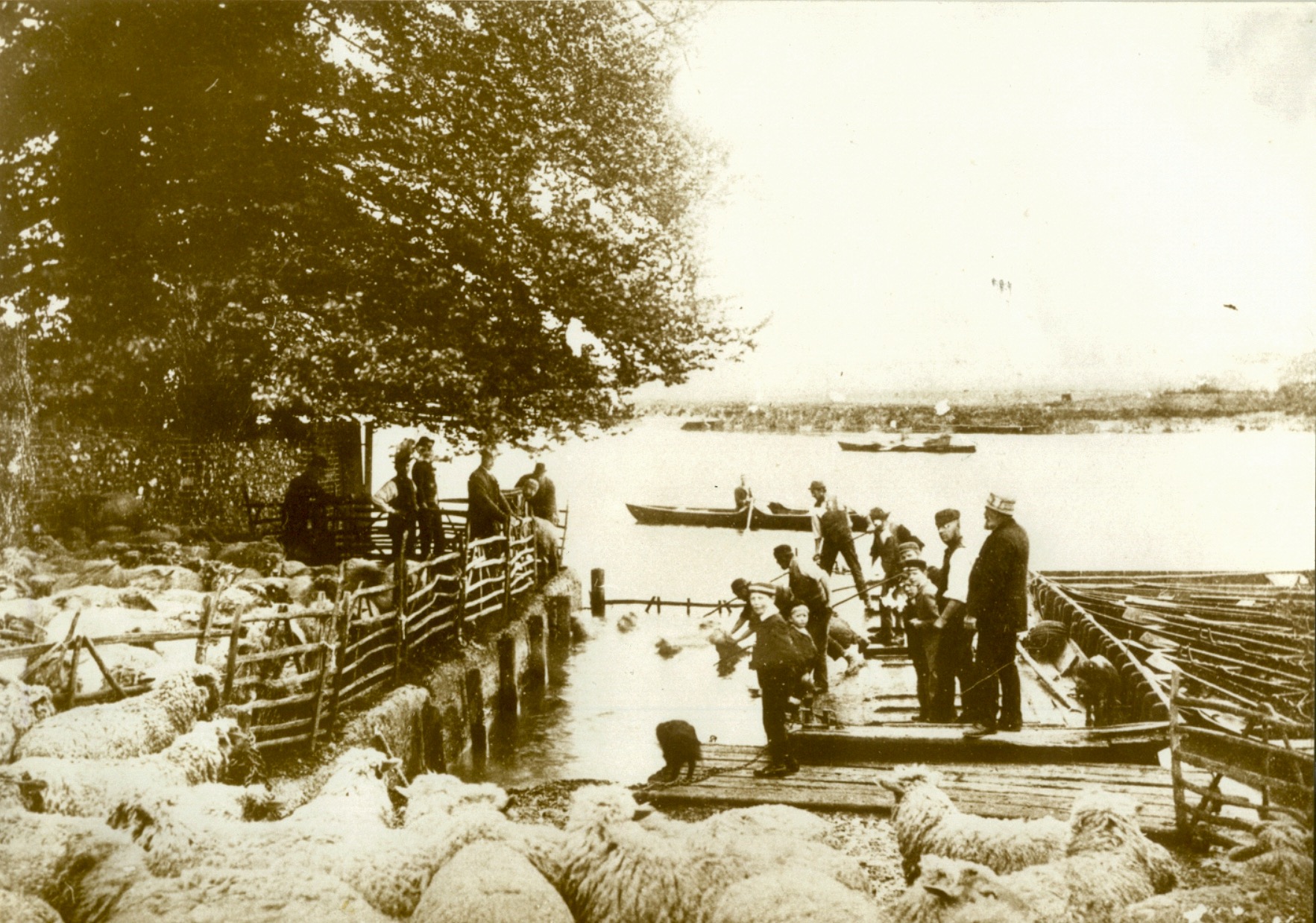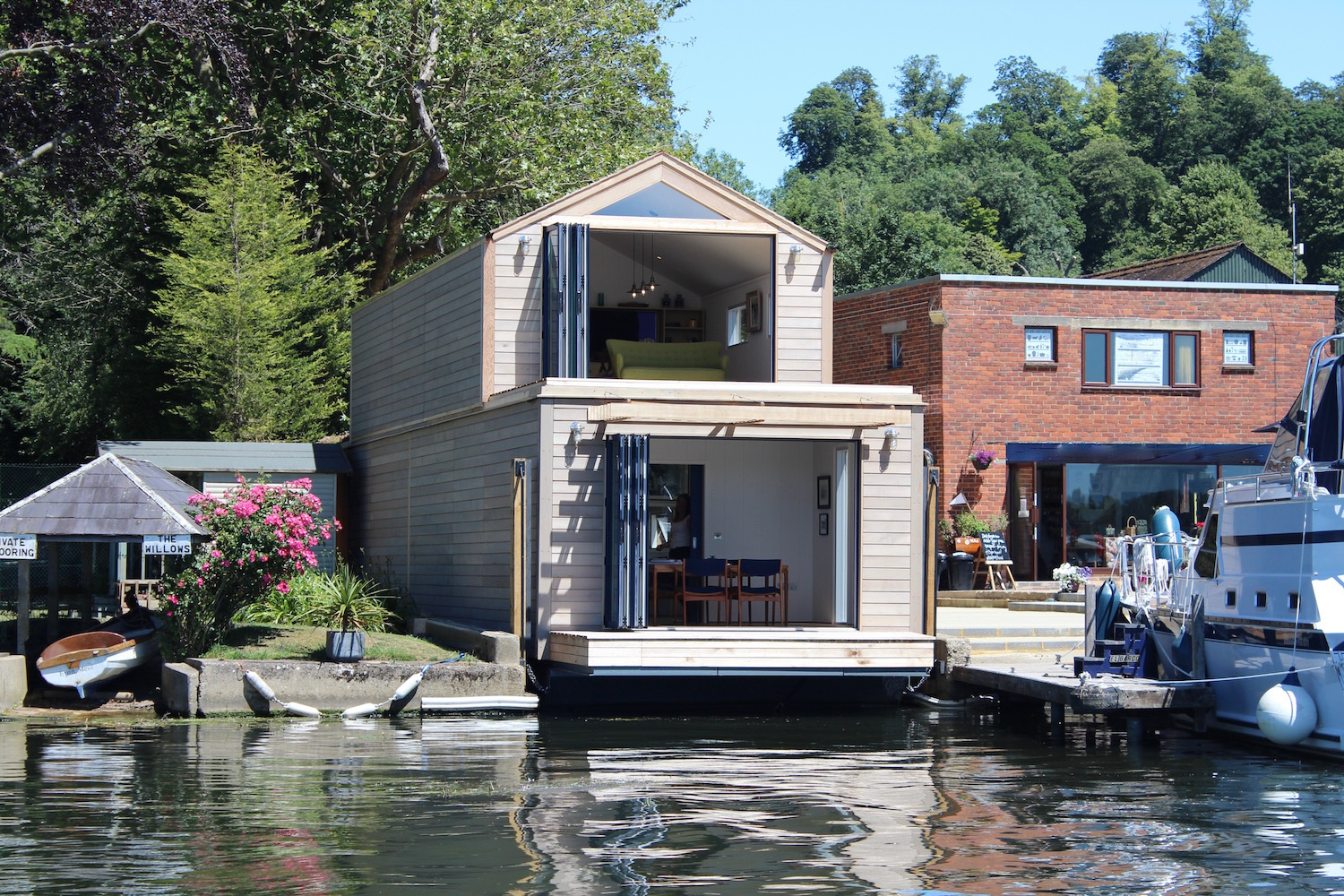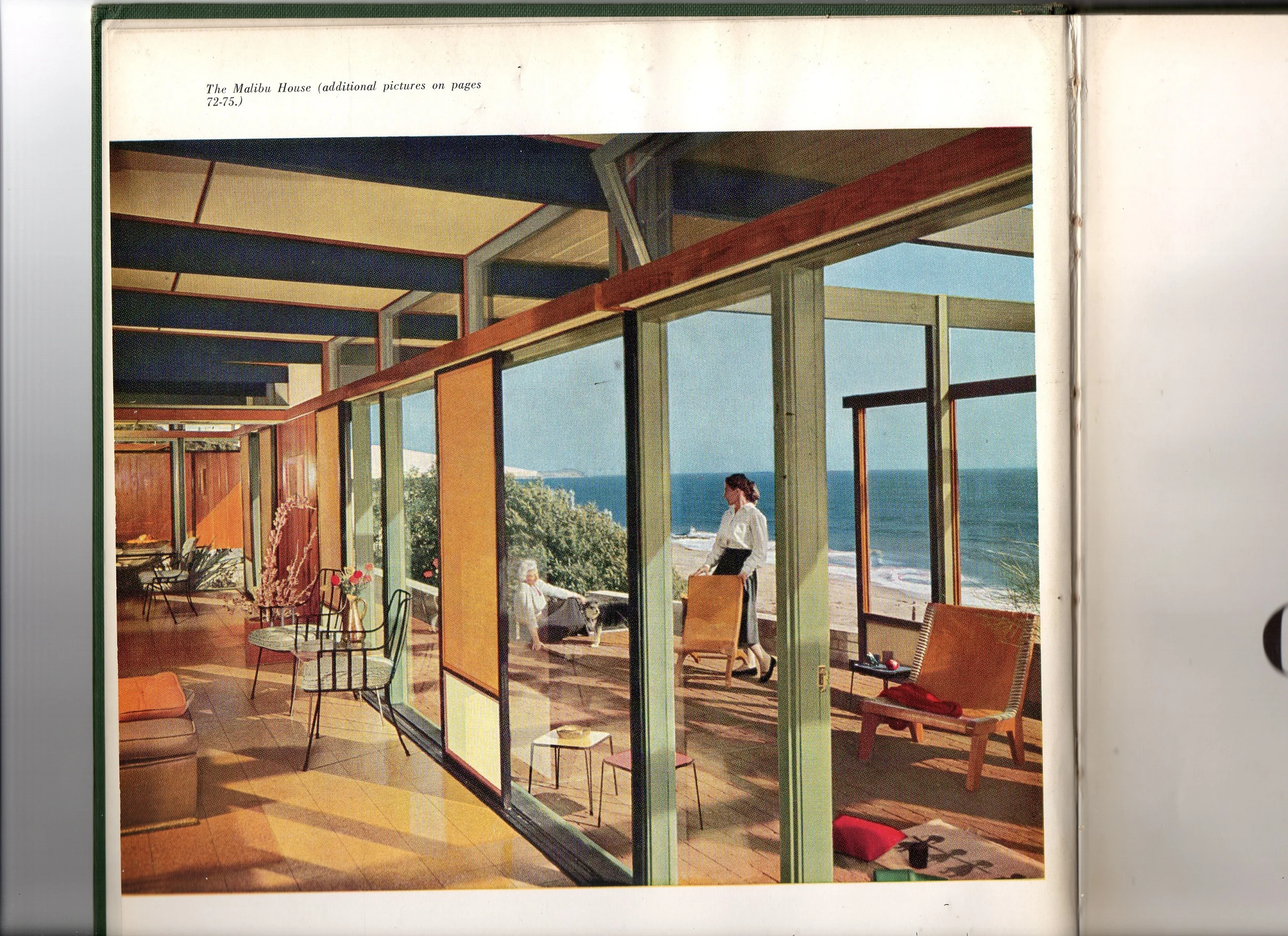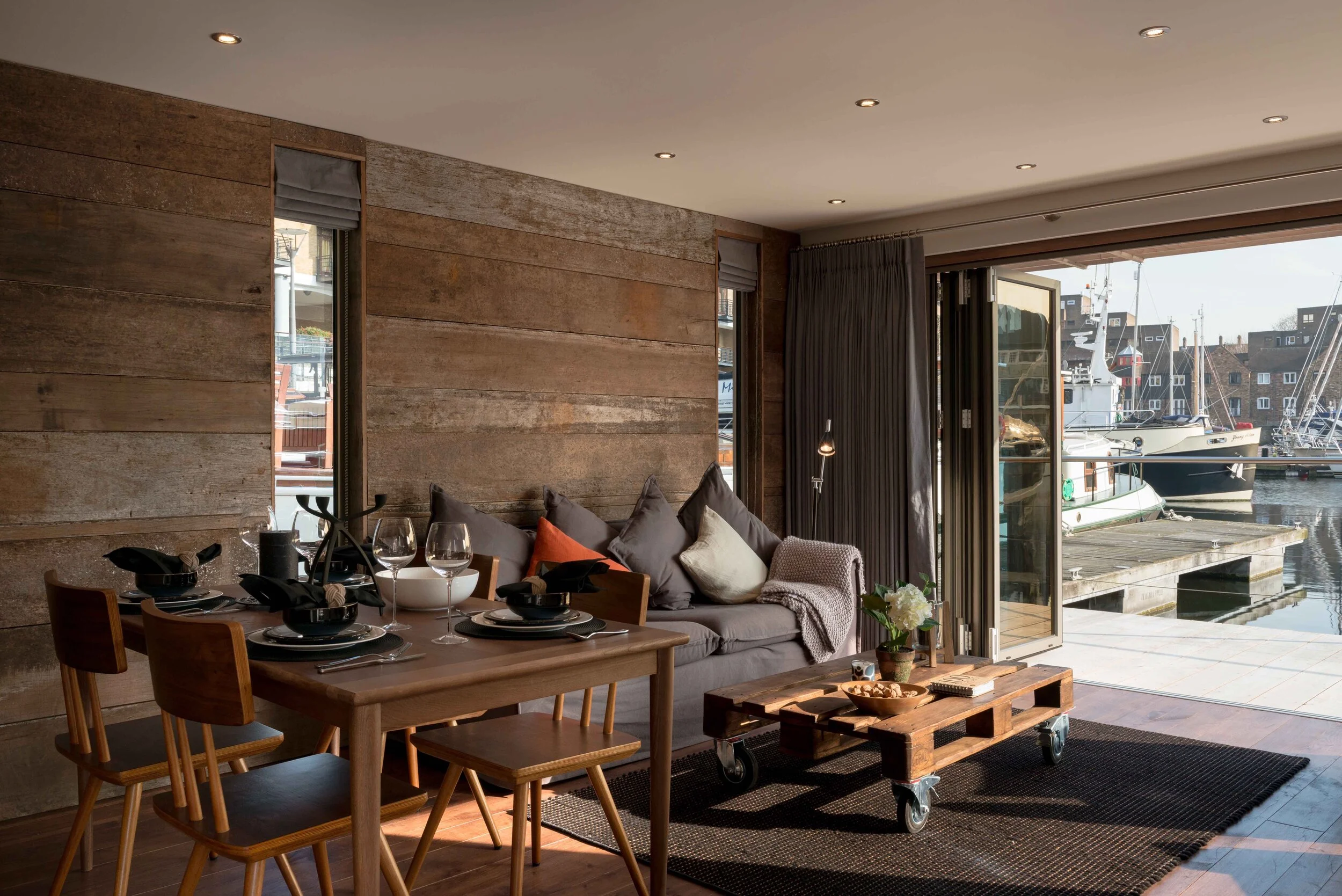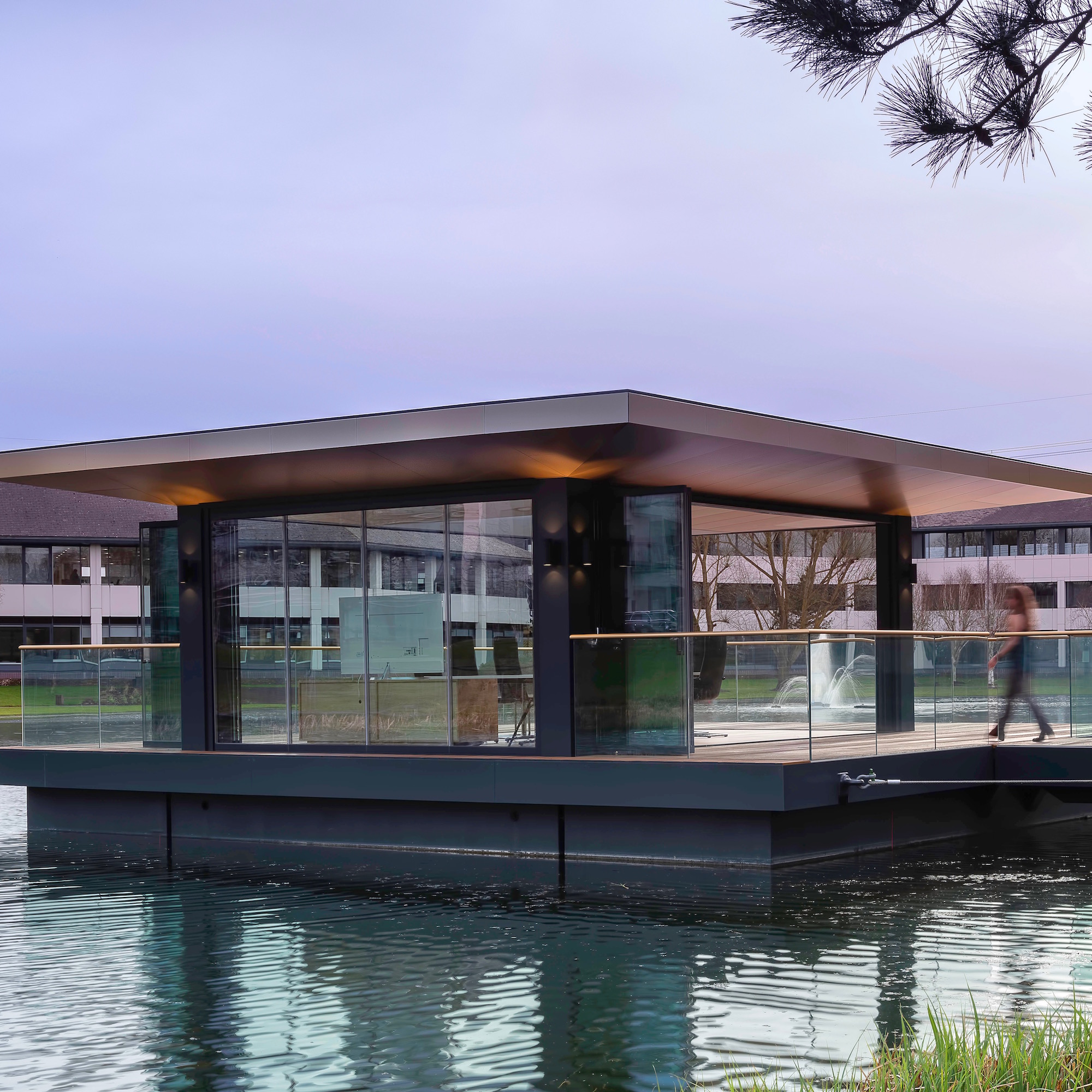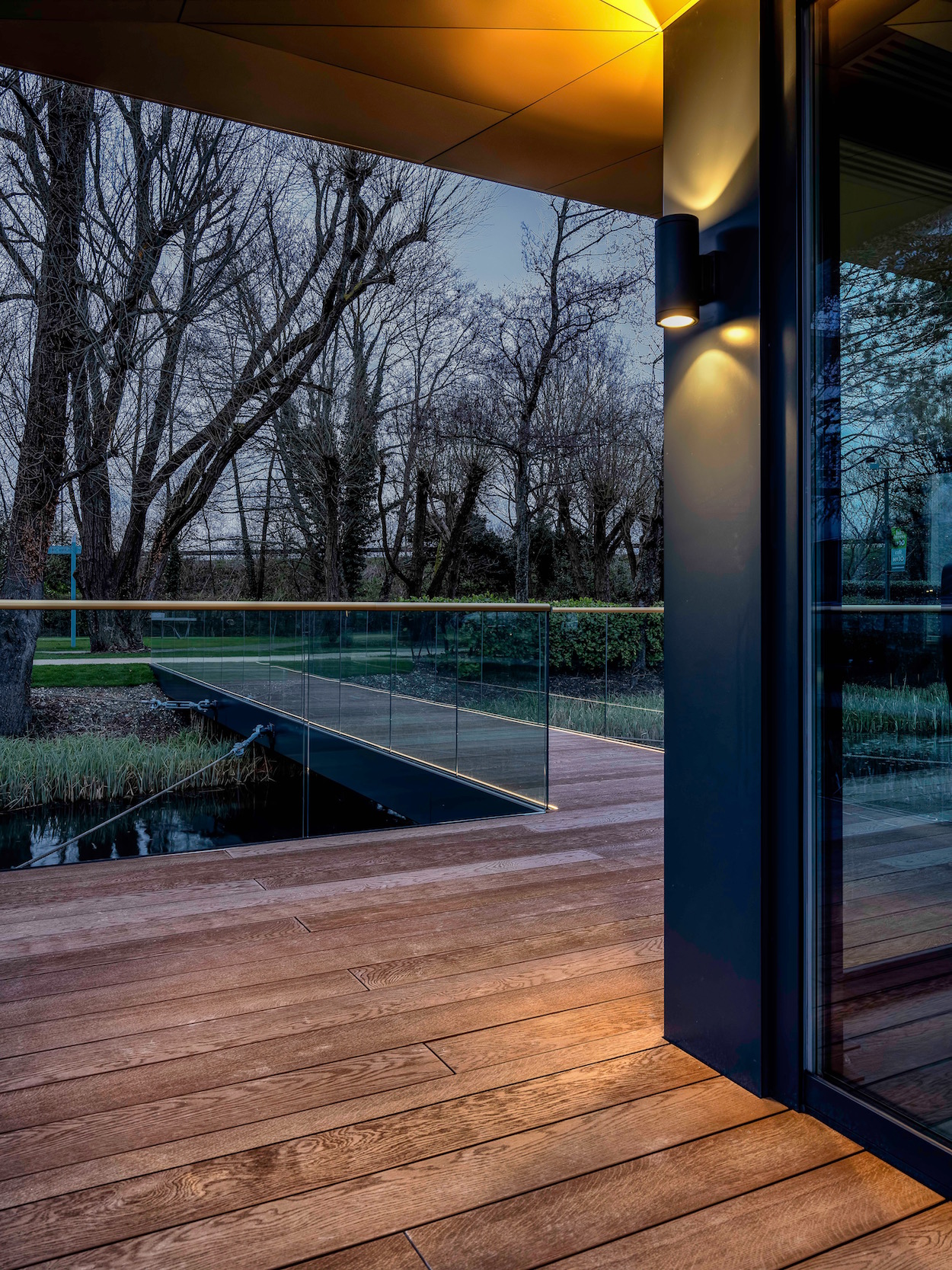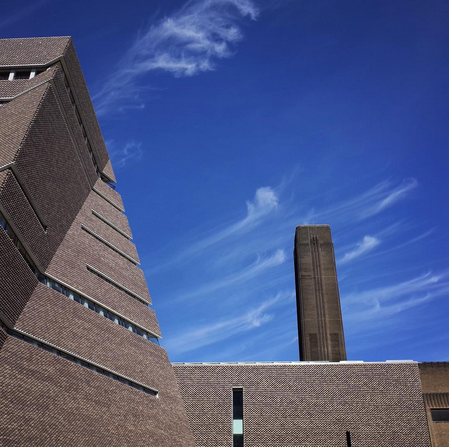King Canute and the rising tide
King Canute’s legendary battle with nature proved that not even kings can control the tide. With environmental change and rising sea levels, we are seeing greater areas of land becoming flood zones. Globally, this shows no sign of abating. So what options are there for architects to design for this ever-evolving and unchartered territory?
Don’t retreat from the landscape
Fight or flight aren’t our only options, however. Amphibious and floating spaces allow us to build things that work in a traditional sense, maintaining the natural relationship with the surroundings. We’re offering creative solutions that don’t rely on complex technologies that could be more prone to failure or in need of specialist maintenance. Rather than a constant battle or an enforced retreat, floating and amphibious spaces serve a practical purpose, but also offer a surprising and interesting experience.
If we are to future-proof our businesses and communities, we must recongnise the future is fluid.



